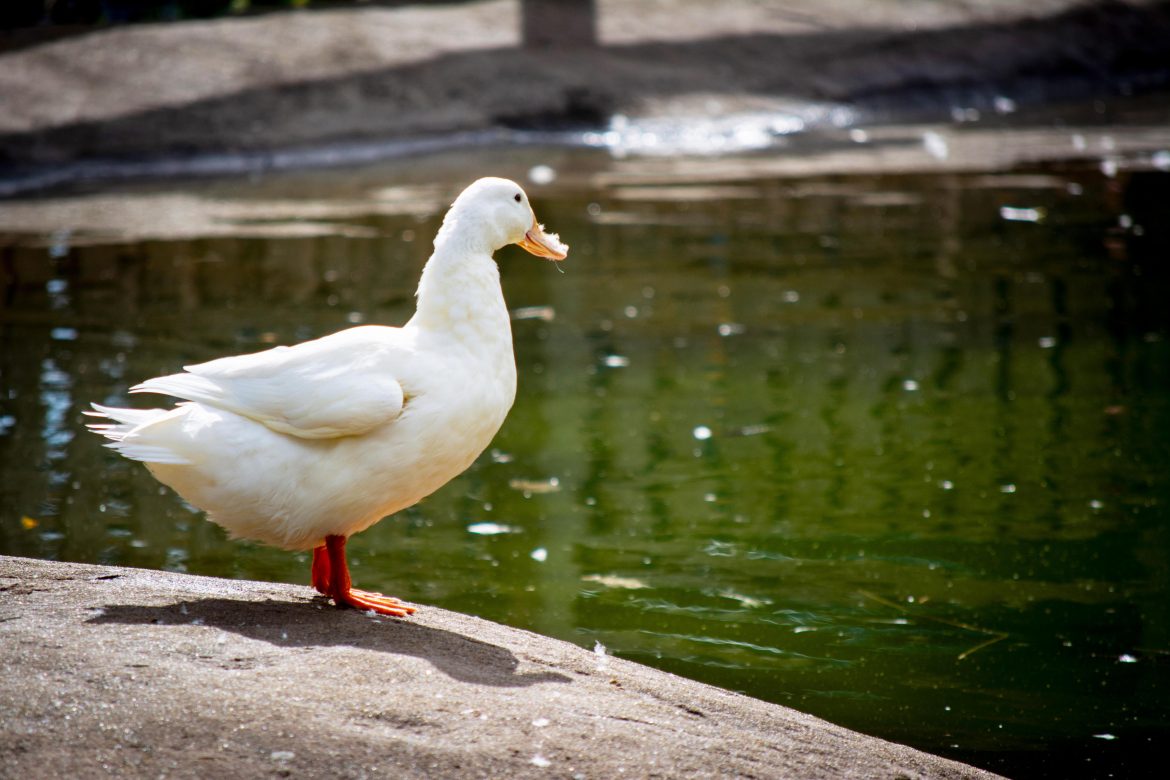
Domestic Duck
All domesticated ducks are believed to be a descendent of the Mallard Duck. The Mallard is a native species to most countries in the Northern Hemisphere.

All domesticated ducks are believed to be a descendent of the Mallard Duck. The Mallard is a native species to most countries in the Northern Hemisphere.
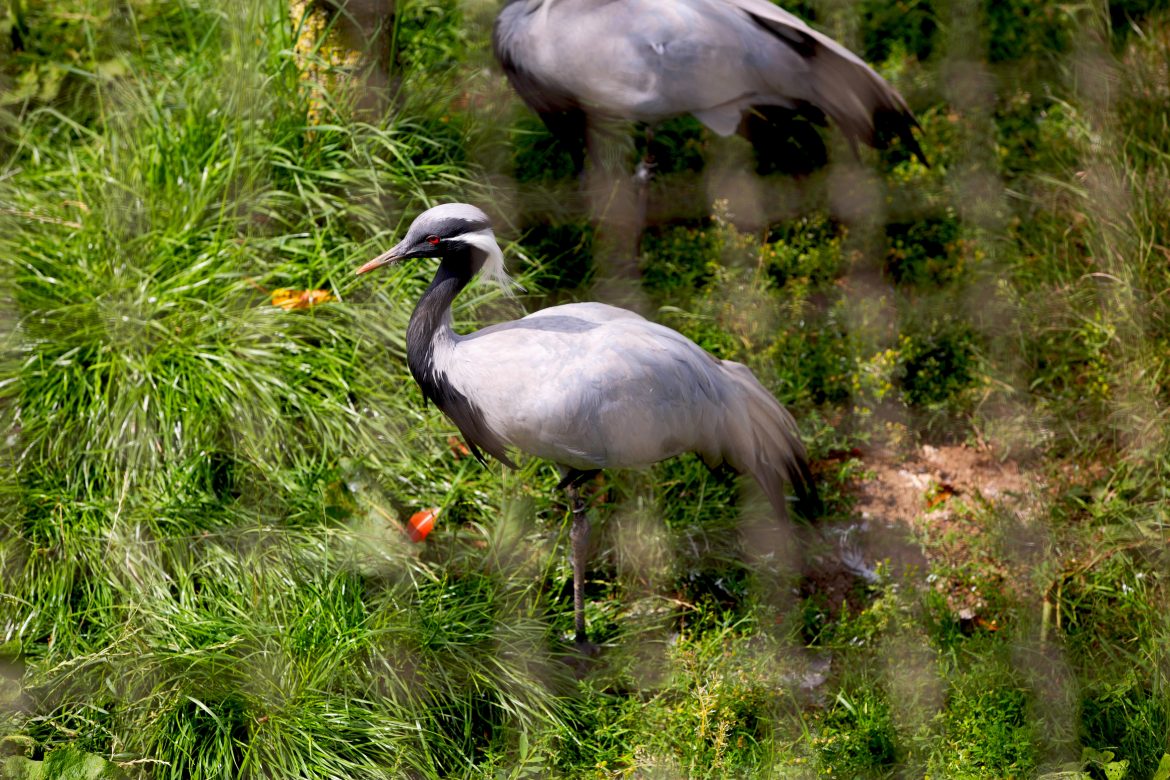
The migration of a Demoiselle Crane is so long and hard that many die from hunger or tiredness.
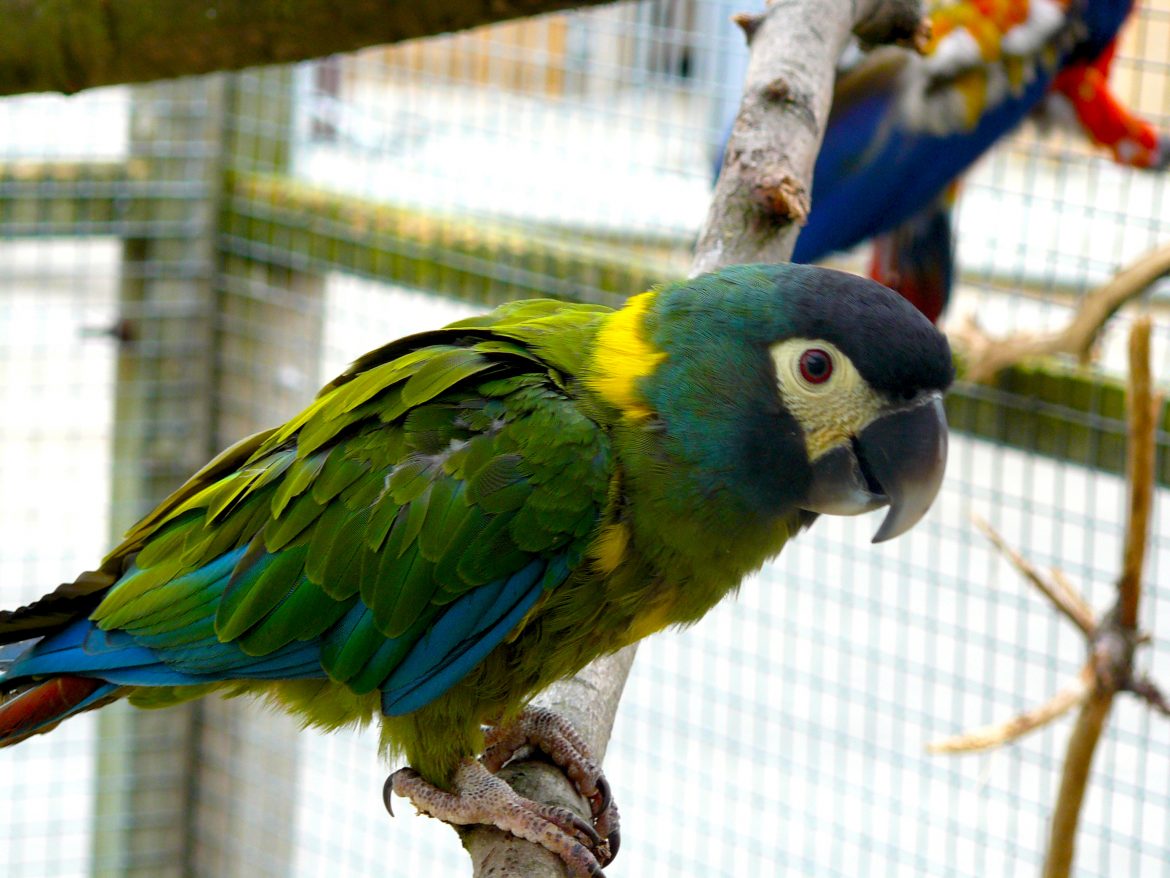
Small in size compared to the Scarlet Macaw, the Yellow Collared Macaw is just 38cm (15in) in length – half of which is its tail.
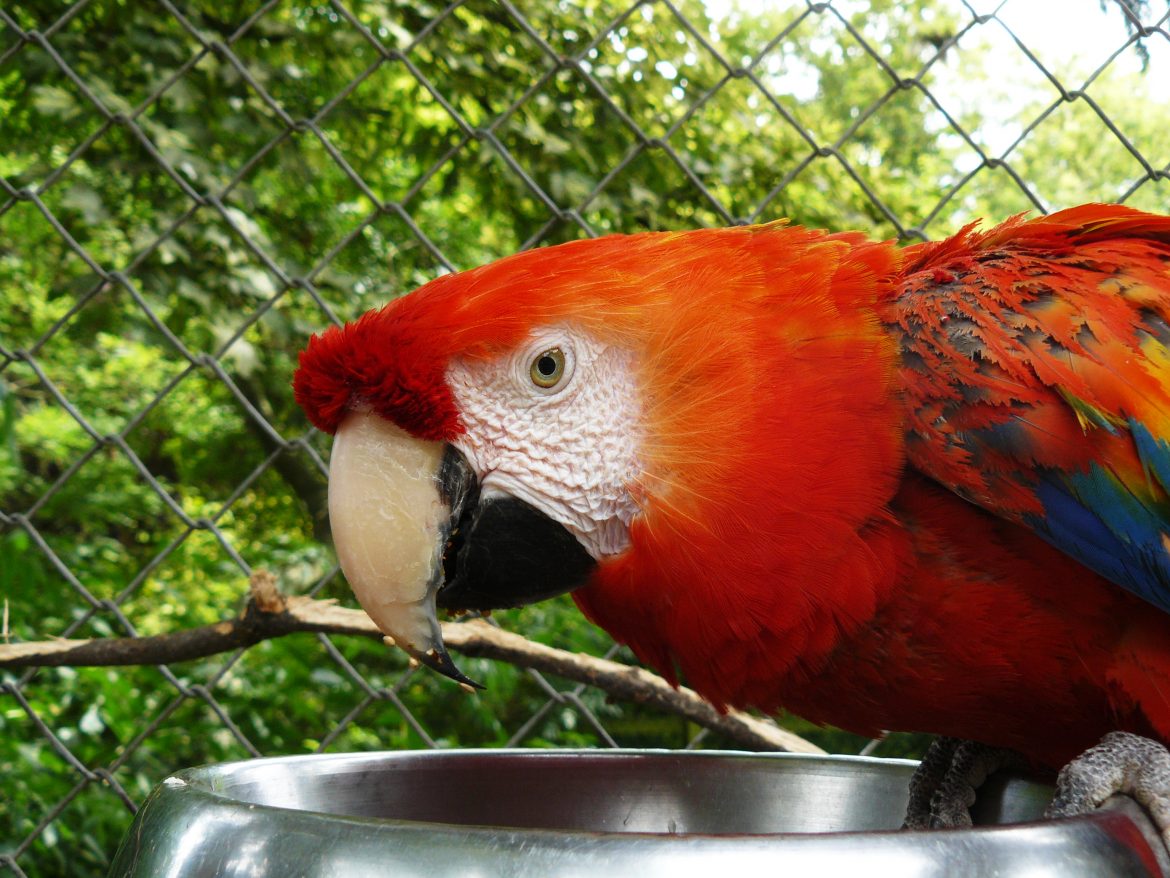
With its bright feathers and a long pointed tail, the Scarlet Macaw is one of the most recognisable parrots in the world. It’s also one of the most long lived – reaching up to 75 years of age.
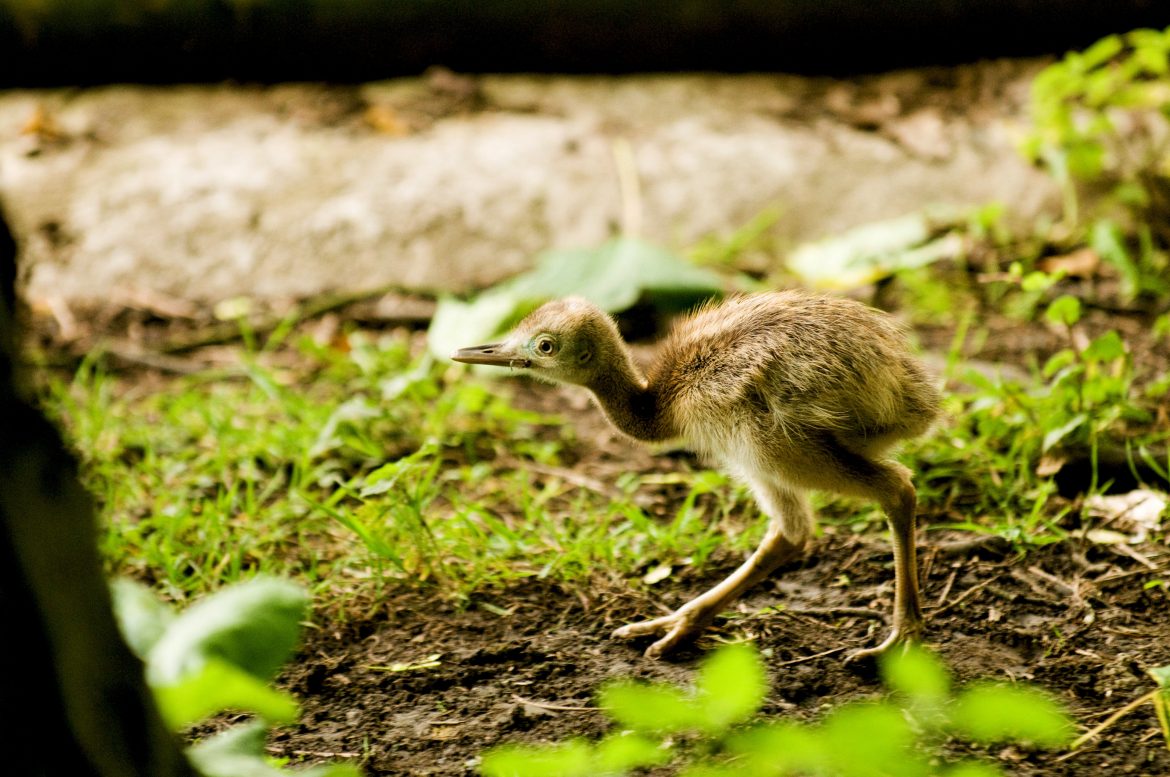
Like ostriches and emus, the rhea is flightless and uses its long powerful legs to escape from predators. Living in flocks of 30 or more, rheas roam the vast pampas grasslands in search of grass seed, roots and fruits. However, they are also known to boost their diets with protein rich meals such as fledgling birds, insects and small reptiles.
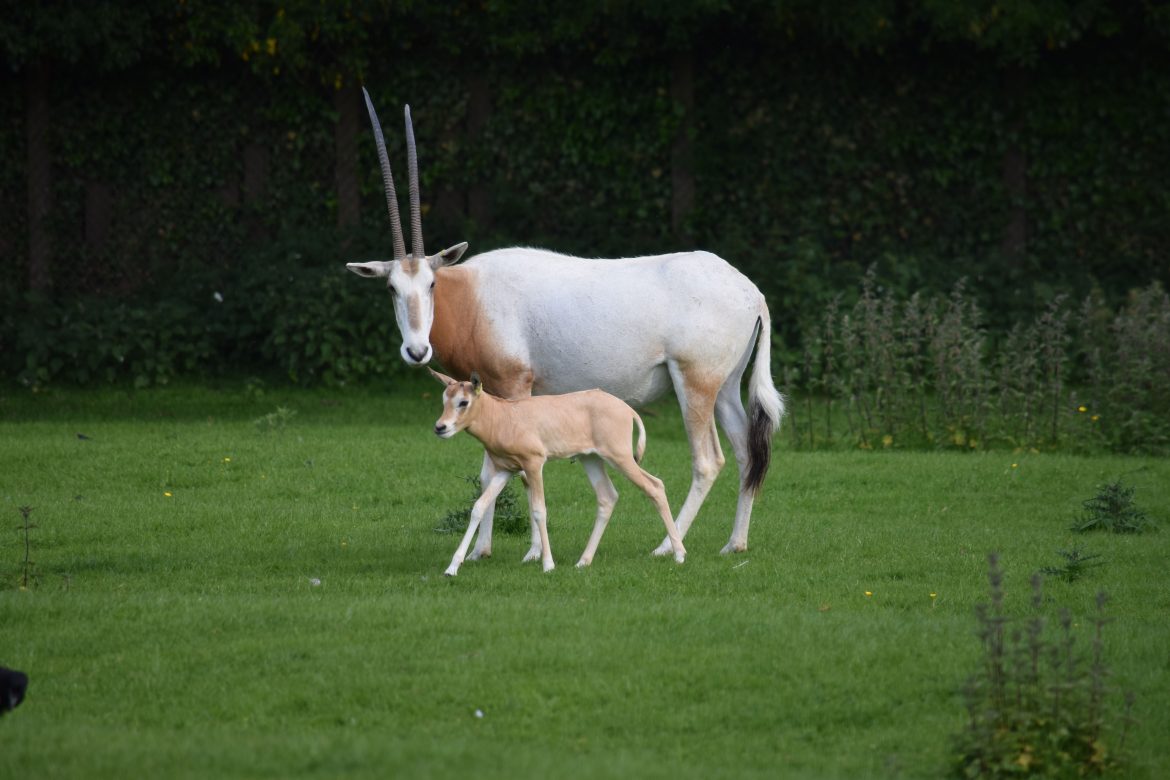
Scimitar-horned Oryx were once widespread throughout the semi-desert north and south of the Sahara, but are now extinct in the wild.
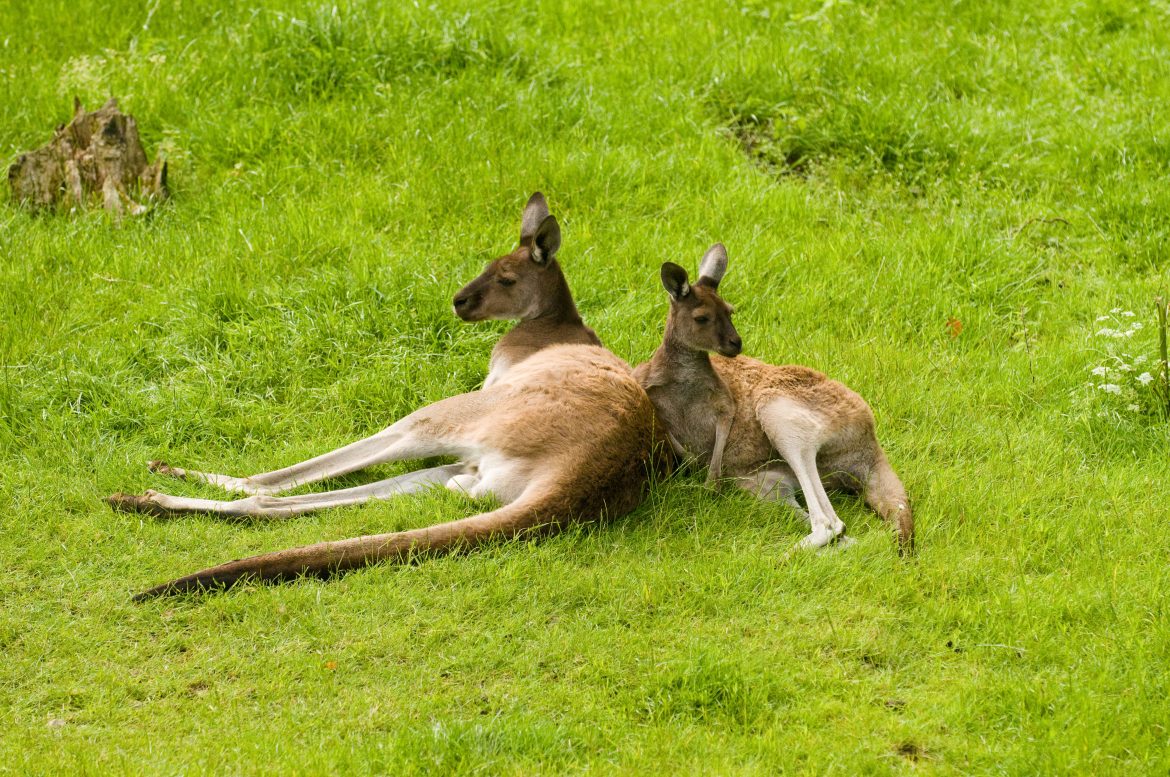
The Western Grey is one of the largest and most common species of Kangaroo and is suited to life in the outback of Australia by not needing much water.
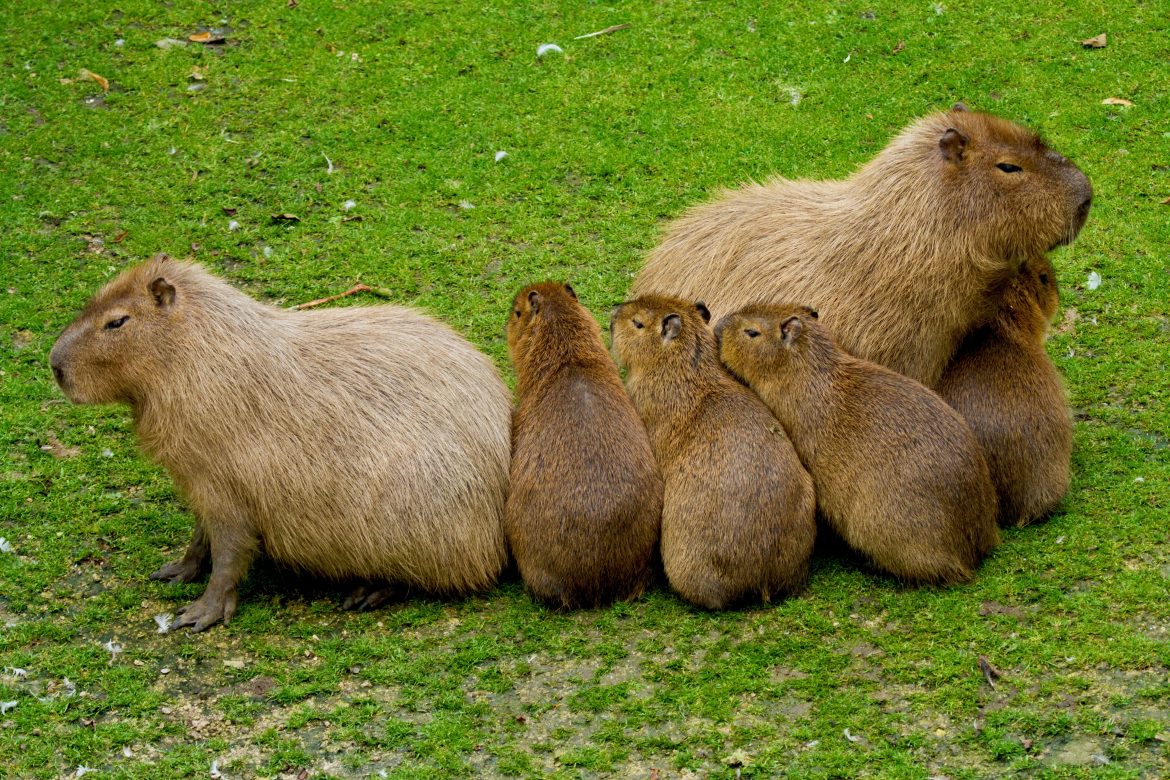
Capybaras are semi-aquatic, spending a lot of their time in the water. They are very well adapted to this lifestyle with their eyes, ears and nostrils being on the top of their large heads, allowing them see and breathe while swimming.
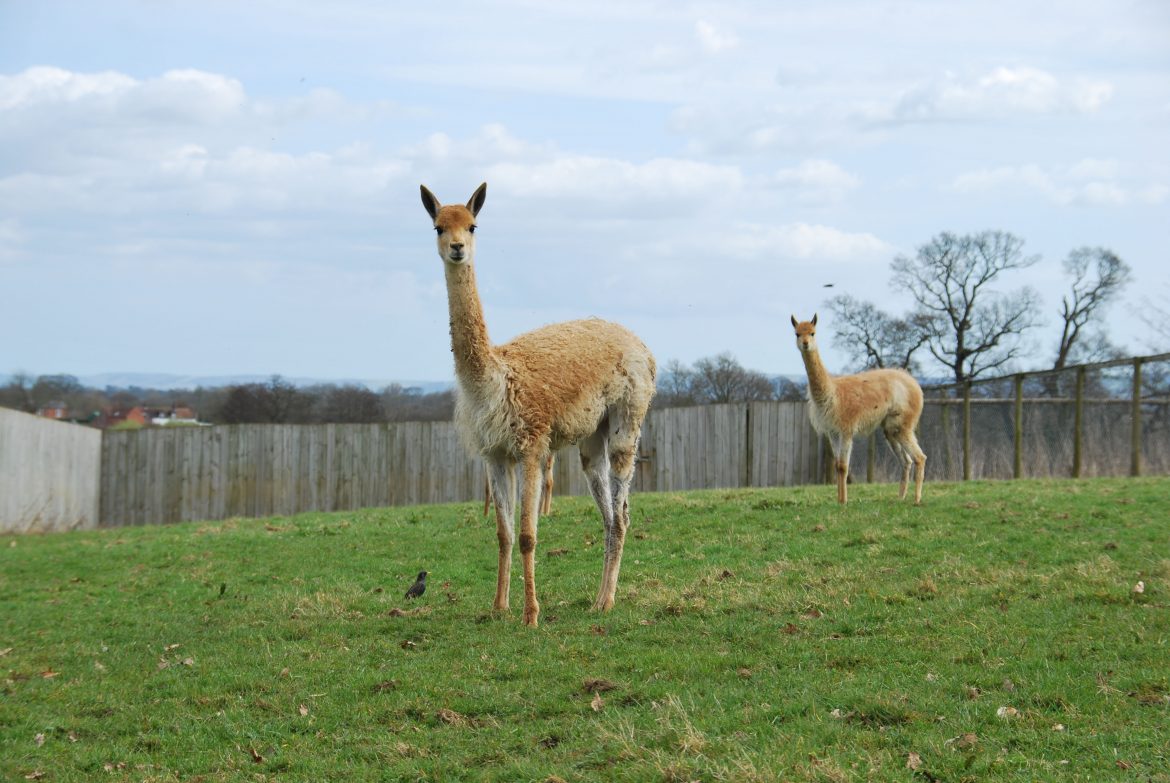
In 1974 numbers of Vicugnas had dropped to just 6,000 animals. Now they number around 125,000 due to conservation measures and government protection.
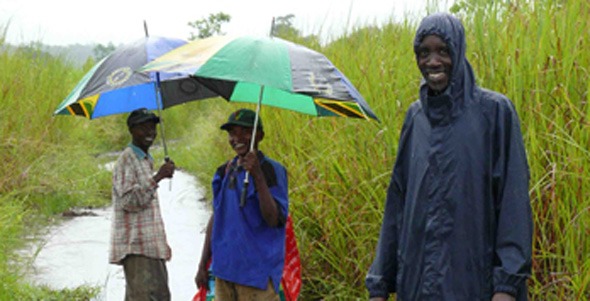
Work assessing wildlife populations and forest health in Tanzania continued this month despite the elements. Flamingo Land’s field assistants have had to wade to work to complete the important conservation activities that are helping to save a threatened tropical forest.
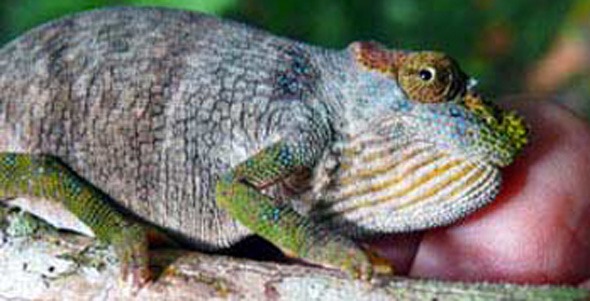
Flamingo Land’s Dr. Andrew Marshall first discovered the animal while surveying monkeys in the Magombera Forest for the University of York Environment Department. The specimen used to describe the new species was first spotted being eaten by a deadly twig snake, which spat out the hapless chameleon as the researcher approached!
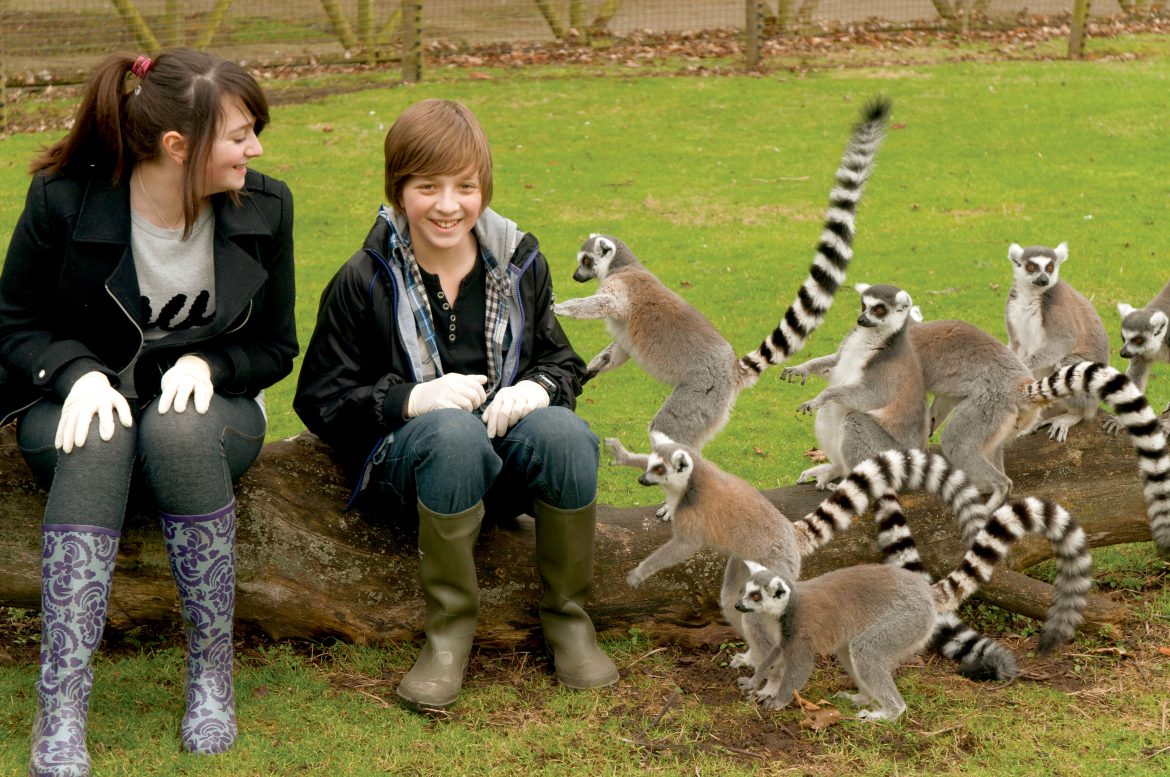
A unique opportunity to learn about Madagascar’s fascinating lemurs in the company of one of our zookeepers. So, join the colony for a lunch date with a real difference. You’re guaranteed that dining out will never be quite the same again!
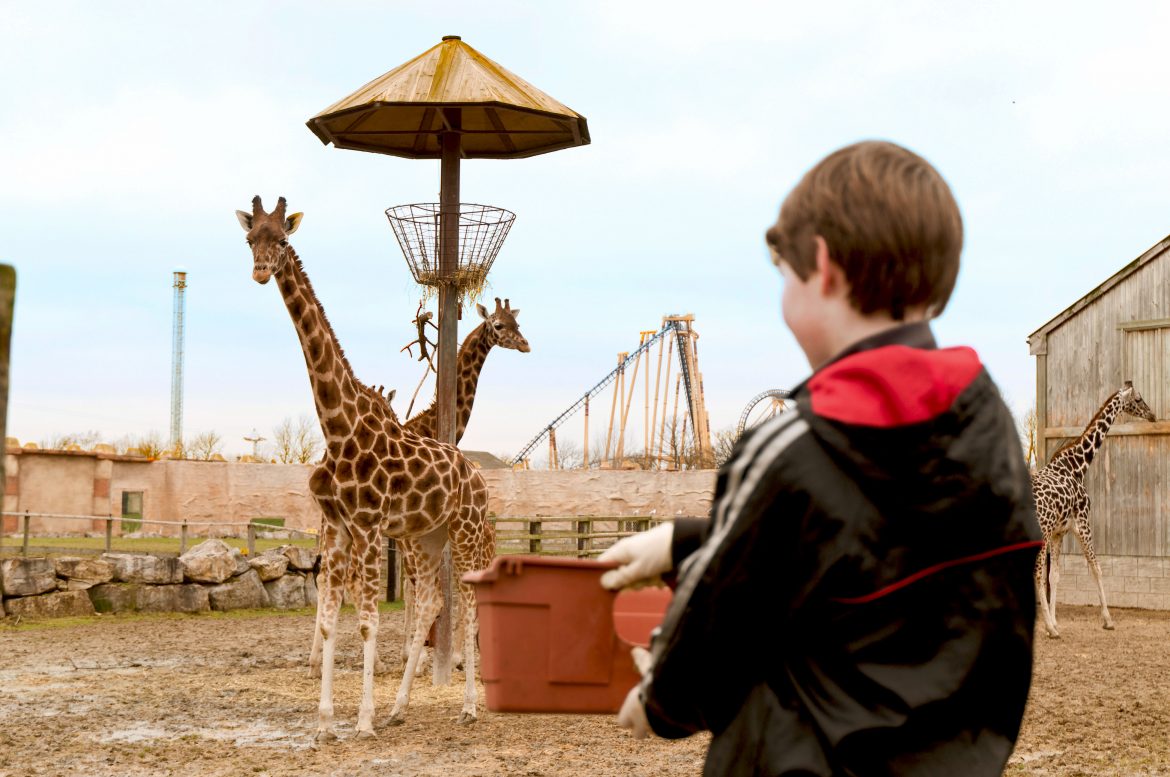
This is your opportunity to go inside one of our giraffe houses and meet the tallest residents of Flamingo Land’s zoo. Here you’ll learn about these gentle giants and hand-feed them delicious treats.
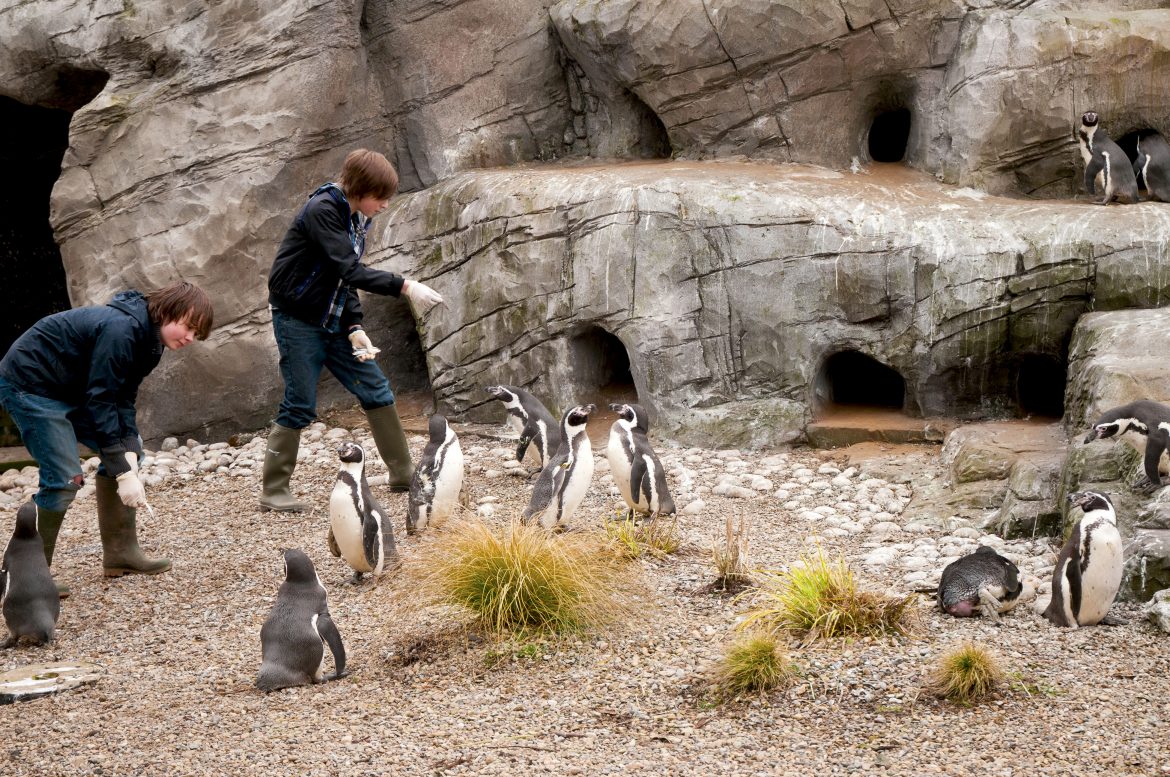
Join our zookeepers at feeding time to enjoy fantastic close up views of Flamingo Land’s Humboldt penguin colony. You’ll even get your own bucket of fish to temp these amazing South American creatures with!
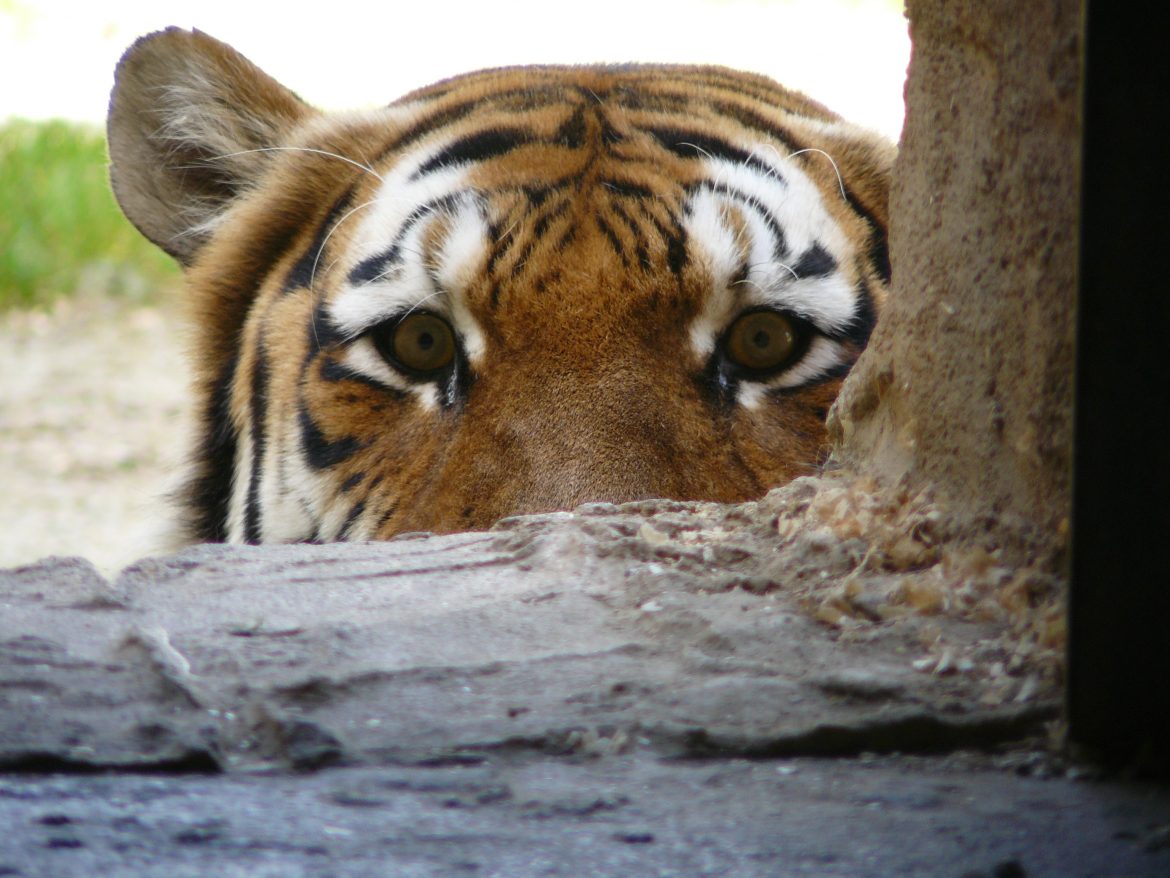
Exclusive to resort guests this fabulous, fact-packed adventure delivers close-up views of our lions, lemurs, penguins and much more. It also offers private access to our giraffe and rhino houses.

For pure and simple entertainment, there’s little that compares with our meerkat encounter! You’ll also have the chance to enjoy zany meerkat antics whilst feeding them some of their favourite treats.

As invited guests and competition winners from the Galaxy Network, Scarborough Evening News and the Ryedale Mercury enjoyed a champagne reception, DJ Sacha Brooks and Anna Burnsides from The Sunday Times prepared for the trip of their lives under the watchful eye of Carl Saville, the official adjudicator from Guinness World Records.
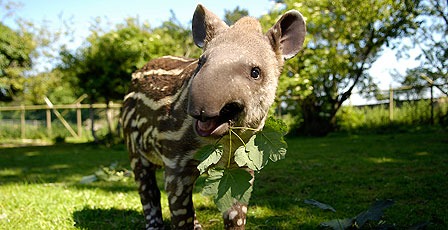
As with all Brazilian or Lowland tapirs (tapirus terrestris), ‘Edward’ has been born with distinct camouflage stripes. These will quickly disappear as his dark brown coat becomes fully grown at around six months of age. Reaching a body length of up to 2.5 metres, adults stand between 0.77 and 1.08 metres at shoulder height and are the largest wild land mammals living in South America.
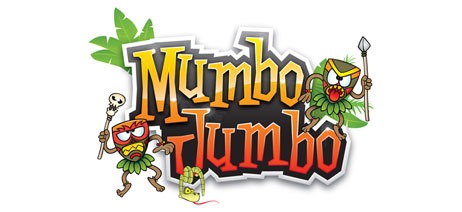
Featuring an incline of 1120 from a high point of 30 metres, fearless passengers will ‘pull’ in excess of 4g, a force close to those experienced by jet fighter pilots. Costing over £4 million, the world-beating ride will be opened by Guinness World Records on 4th July 2009, when this world-record-breaking achievement by Flamingo Land will be officially recognised.
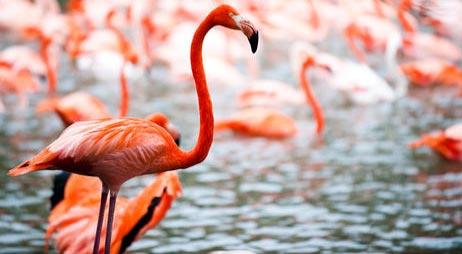
Local photographer John Denton has built an enviable reputation for outstanding social and wedding photography throughout the UK and Europe, and is regularly commissioned by leading fashion and lifestyle magazines.